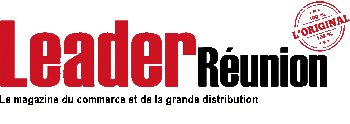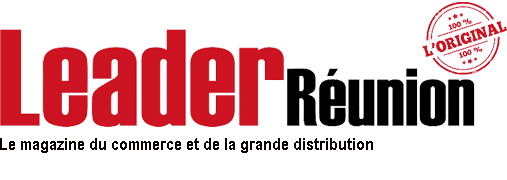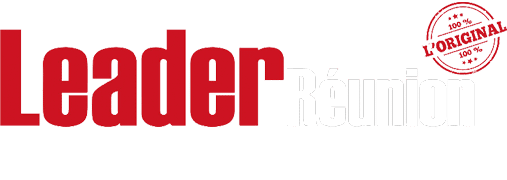
Mars 2020 : confinement falls, Covid 19 is taking hold everywhere and impacts individuals and businesses who are taken by surprise, destabilized, but adapt, equip themselves and organize themselves. A new world is emerging, the economy is supported and businesses are learning to evolve with new codes, new tools and new management methods. Organizations invent or reinvent themselves and most of them are now spearheading a new paradigm. What are the major trends ? Most companies have weathered the crisis well. The economic fabric of France has been generally preserved thanks to an unprecedented level of aid. Despite this period of decline in activity, the major observation today is the strong rebound of businesses, which benefits everyone. Indeed, the strong activity observed at the time of the recovery is due to a catch-up phenomenon. The recovery plan is favorable to them and the state aid is colossal. Business leaders are generally optimistic and are reconsidering their action plans to integrate this new dynamic.
Shortages call into question pricing policies
Nevertheless, the shortage of raw materials affects a very large number of sectors and certain supply chains are broken. This necessarily results in the revision of commercial policies with an inevitable increase in prices to preserve margins.. Nowadays, the level of company cash flow is generally satisfactory but profitability must be preserved to ensure reimbursement of PGEs. Several uncertainties remain : this increase in prices could cause inflation ; and, for this reason, Gaps in living standards could lead to a social explosion.
Rise in raw materials and wages : a scissor effect
All sectors are currently experiencing difficulty recruiting and retaining their teams. The market is favorable to employees, they are in a strong position to negotiate their salaries upwards. Business leaders must skillfully manage rising commodity prices, but also the pressure on wages, while preserving their profitability. This arbitration has repercussions on commercial thinking and pricing strategy which become priorities in the company: how far can increases in raw materials be passed on? ? In whole or in part ? How to find new profitability gains ? Should you agree to lower your margin to limit price increases and keep your customers? ? or to increase its employees and ensure that they stay ? Or are we betting that customers will accept substantial price increases? ? The answers to this scissor effect are different depending on the company, Who, more than ever, must carry out strategic reflection on their business model.
The new challenges of human resources and flex-office

A new value system based on trust
All these changes also modify management, which now integrates these new expectations in order to satisfy employees looking for more balance between professional and private life. Companies must seize new challenges to recruit and retain their employees : RSE (corporate social responsibility), flexibility, corporate culture, collaborative events, etc. in parallel, managers must be very vigilant when it comes to supervising their teleworking teams, by identifying the most vulnerable employees, by adapting their behavior and speech, by identifying young people and new employees for personalized support. To address these topics of teleworking and more broadly the organization of teams among themselves and with the various stakeholders – clients, suppliers, partners… – it is their entire value system that companies must rethink. Building trust is the key to successful collaborative and remote work. It is a new approach to human management that is being put in place, with the question of connection at the center of post-Covid concerns.. Maintaining the entrepreneurial spirit with teleworking, while improving the quality of customer relations, is a major challenge.
Companies have gained ten years in technology
Whatever the equipment levels of companies before Covid, the observation is that in one year, they won ten ! Either by implementing new tools, either by improving and optimizing those they already have. They have become digital, were organized differently, have adopted SaaS mode, have installed collaborative platforms with their clients, have moved to IP telephony, have implemented GEDs (electronic document management), analyzed cyber risks and took out insurance accordingly, have become familiar with video meeting tools and webinars… However, the tools remain tools that everyone can have. The difference, for businesses, is based on the relevance of their offer to support customers, the human wealth of their teams, and the quality and proximity of the service provided. otherwise, Covid has incredibly accelerated the implementation of technologies allowing remote working and collaborative work between teams and with clients. The employees have been up to speed with all the new tools and overall they have made a lot of progress.
Businesses are getting creative
This period also encouraged companies to adapt by triggering new reflections on their organization giving rise to new strategies., the implementation of digital tools and the integration of new profiles. It allowed them to be particularly creative in offering new products., new services, and implementing new ways of working. Even if we observe a great diversity of situations depending on the areas of establishment, large cities or rural areas, and sectors of activity, this period marked a tremendous acceleration of the transformations underway, with lots of innovations.












